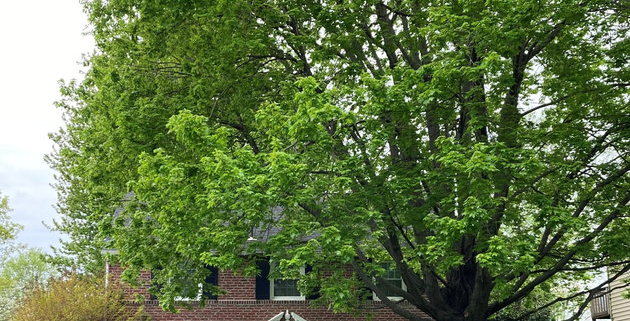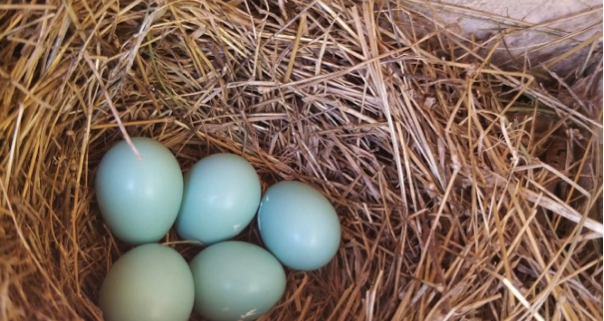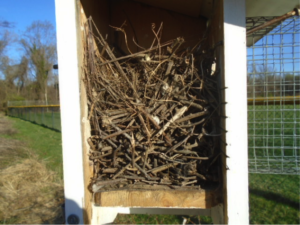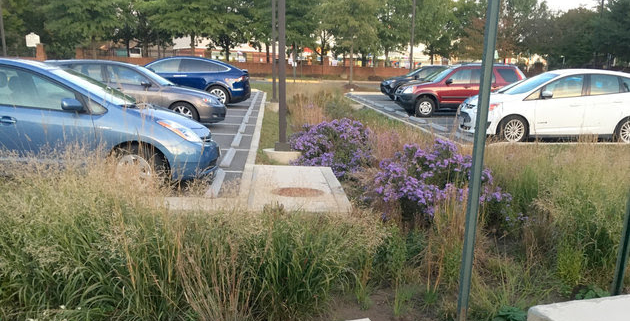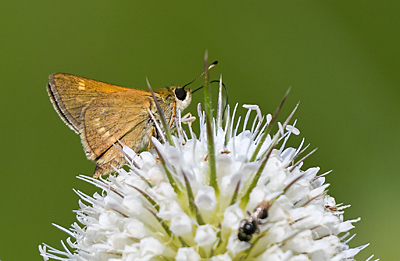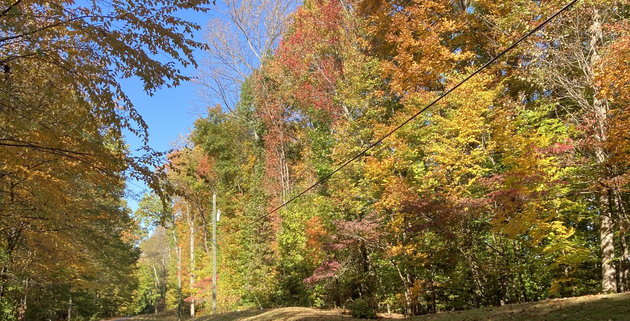The Virginia Geological Field Conference
Feature photo: An outcrop showing boudinaged felsic leucosomes and quartzofeldspathic domains. The location is along the south bank of the South Anna River a few yards east of Route 673, Rockville, VA.
Article and photos by FMN Stephen Tzikas
Every autumn the Virginia Geological Field Conference (VGFC) provides geologists, university students, and the public an opportunity to participate in a geologic field excursion within the State. In 2022 the event was held November 11-12 and explored the Goochland Terrane, just west of Richmond, VA. Attendance levels usually necessitate the need for two coach buses to transport the participants to the various locations on the agenda. The event is usually hosted by universities, community colleges, and/or State organizations. The field experience is invaluable. The VGFC website provides the details and should be monitored: https://vgfc.blogs.wm.edu/
These conferences and field trips are not just found in Virginia, but they are not available in every state. Fortunately for Virginia Master Naturalists, our neighboring States have very active programs as well:
- NJ: https://www.ganj.org/index.php
- NY: https://www.nysga-online.org/
- PA: https://www.fcopg.org/
- New England: https://neigc.info/about-neigc/
- Carolina: https://www.carolinageologicalsociety.org/
I highly recommend these State excursions as learning experiences for Fairfax Master
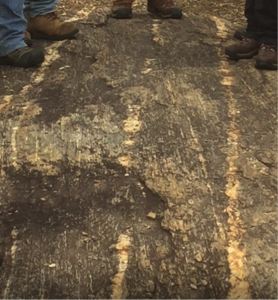
This is one of the many outcrops at Hidden Rock Park in Goochland, VA. These leucogranite dikes display boudinage structure.
Naturalists, even though only the VGFC excursion is applicable as FMN CE training.* I have been to several of these and they are excellent, especially the ones found in northern states offering glacial geology exploration opportunities.
There were plenty of boudins at visited locations in the 2022 VGFC site itinerary. A boudin is a geological term for structures formed by extension (stretching), forming sausage-shaped boudins.
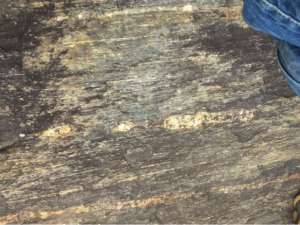
Photo: Close-up of the center of the outcrop in the photo to the right, above.
*Fairfax Master Naturalists: Enter CE using All continuing Ed ->Other and then make a note of the trip in the description field.



